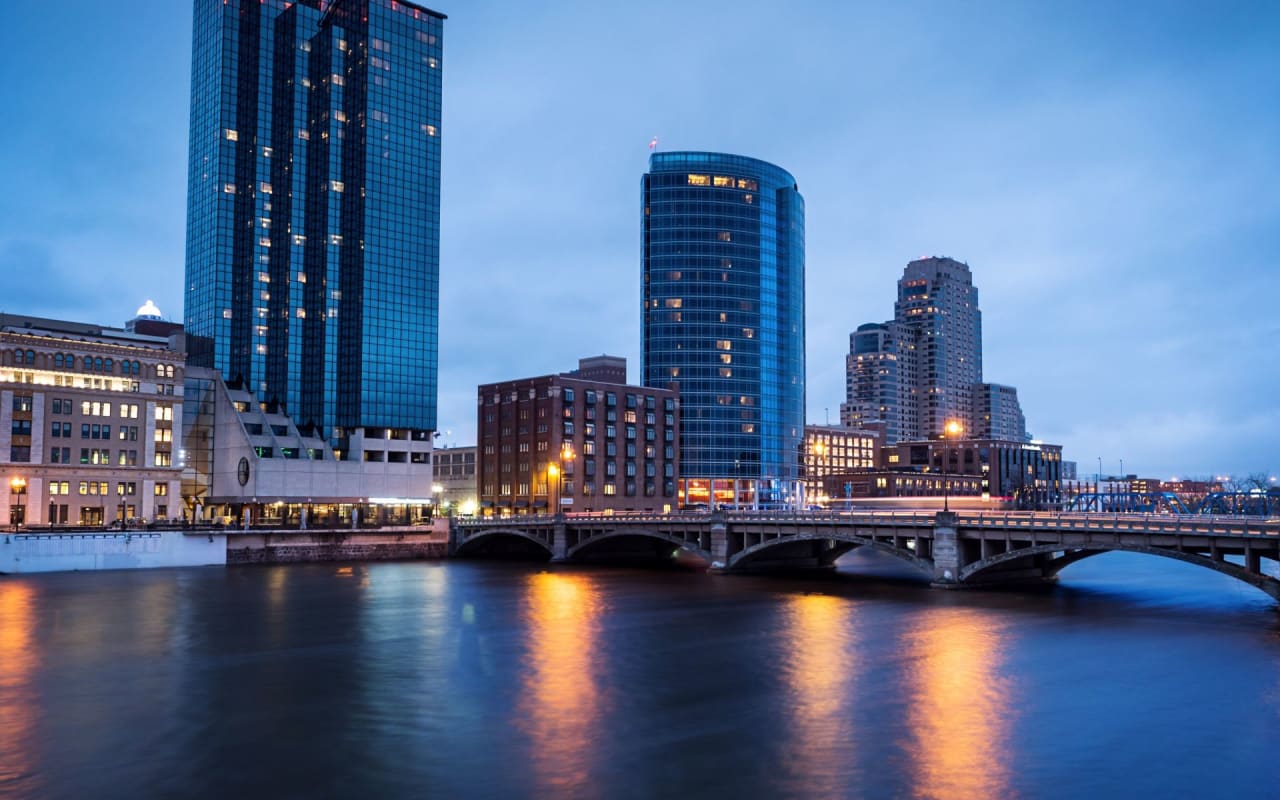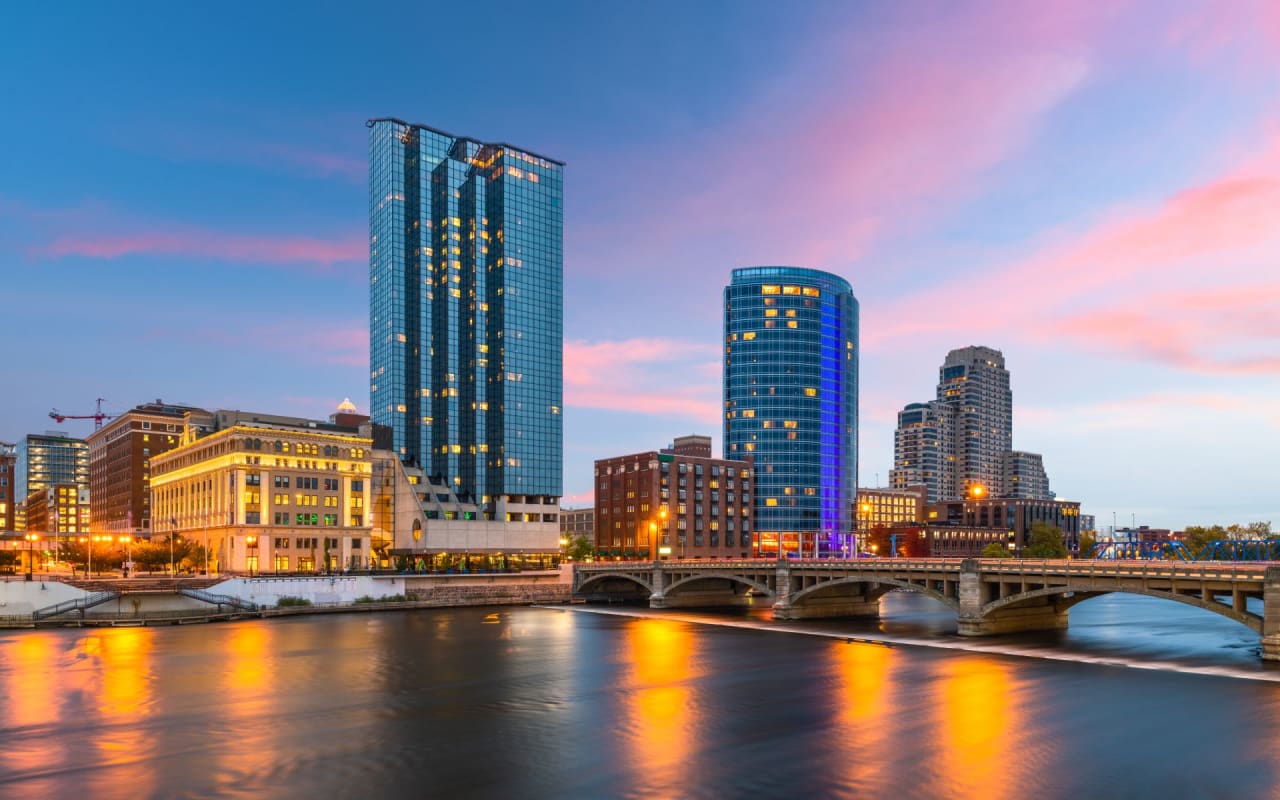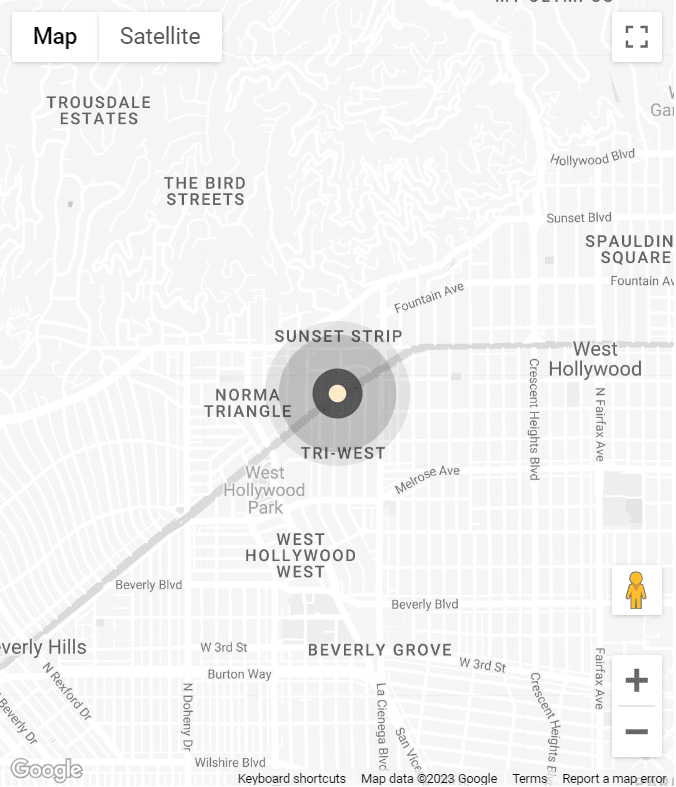Every year, U.S. News & World Report, a global authority in rankings and consumer advice, releases its list of the Best Places to Live in the United States, based on extensive statistical research and public surveys.
"When considering a move people are concerned about finding a job in their field, earning enough to afford a home, sending their kids to good schools and feeling like a part of their community," said Kim Castro, executive editor at U.S. News. "The Best Places to Live ranking takes all of that into account — the metro areas that do well are the ones with strong job markets and high quality of life."
Analysts examined the 125 most populous metropolitan areas in the country, which included the so-called "Mega Cities" of more than 2.5 million people, all the way down to the "small city" of Anchorage, Alaska, whose population of less than 400,000 made it the smallest included in the study.
But size is absolutely no guarantee of either a high or a low position on the list of best places to live. Rather, "a place had to have good value, be a desirable place to live, have a strong job market and a high quality of life," Real Estate News said, explaining its methodology.
In 2017, there were big moves toward the top of the list for San Jose, California and Washington, D.C., as well as for Fayetteville, Arkansas. According to Today, the job market is booming in Fayetteville thanks to high employers Walmart, J.B. Transport, Tyson Foods and the University of Arkansas.
U.S. News & World Report allocated 30 percent of its final calculation to its "Quality of Life Index," which looked at crime rates, health care, education, well-being and time spent commuting. Twenty-five percent depended on its "Value Index," which compared median household income to the area's average cost of living. Meanwhile the "Job Market Index," which examined both unemployment rate alongside average salary, accounted for a further 20 percent of the calculation.
The final 25 percent was based on the study's "Desirability Index" and an area's net migration statistics. The analysts quizzed the American public about which metro areas most appealed to them to come up with a region's "desirability." Then they crunched the numbers from the US Census to determine whether an area is successfully attracting new residents, or whether people tend to be leaving.
Where should you go? Here are the top 50 most desirable places to give you an idea. And here is the latest 2018 list.




















































